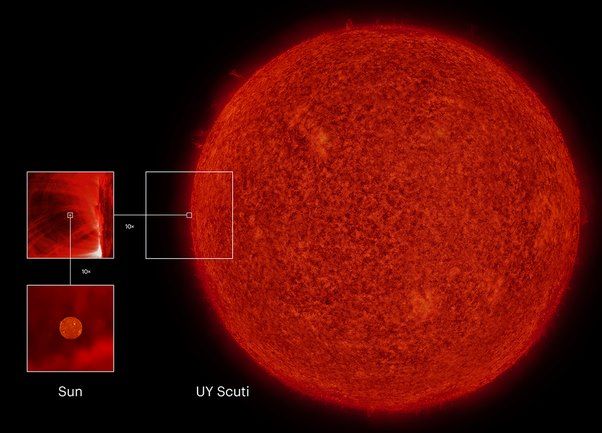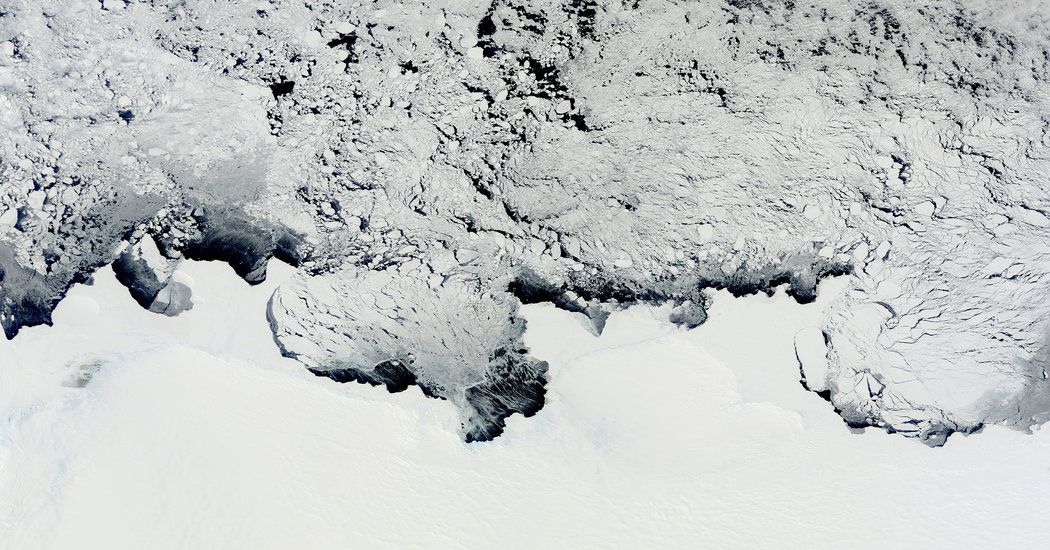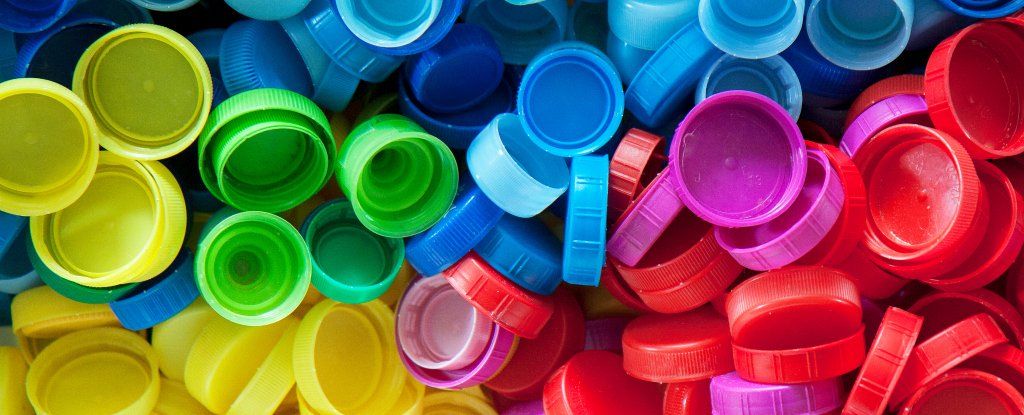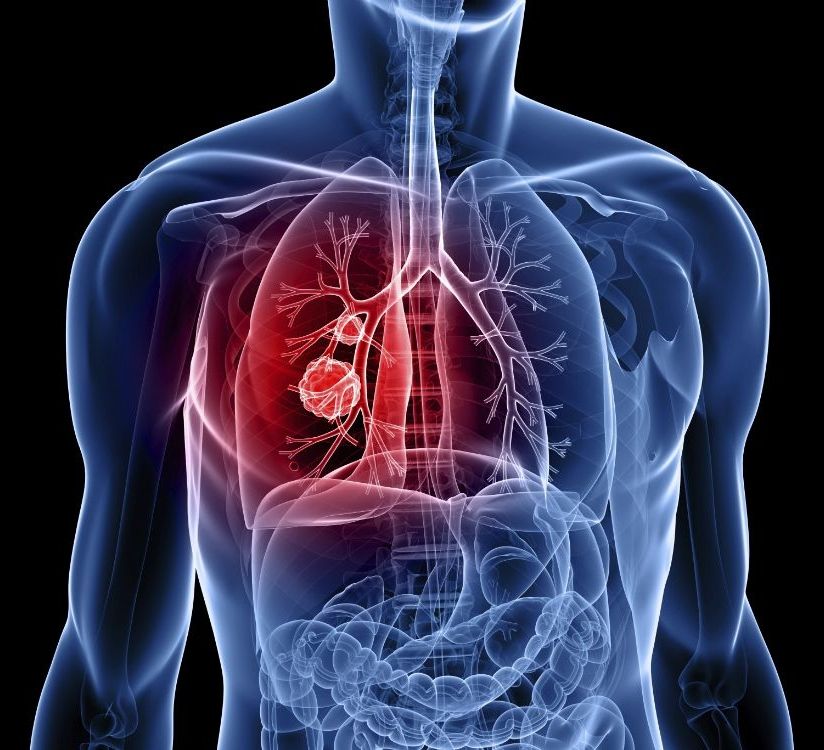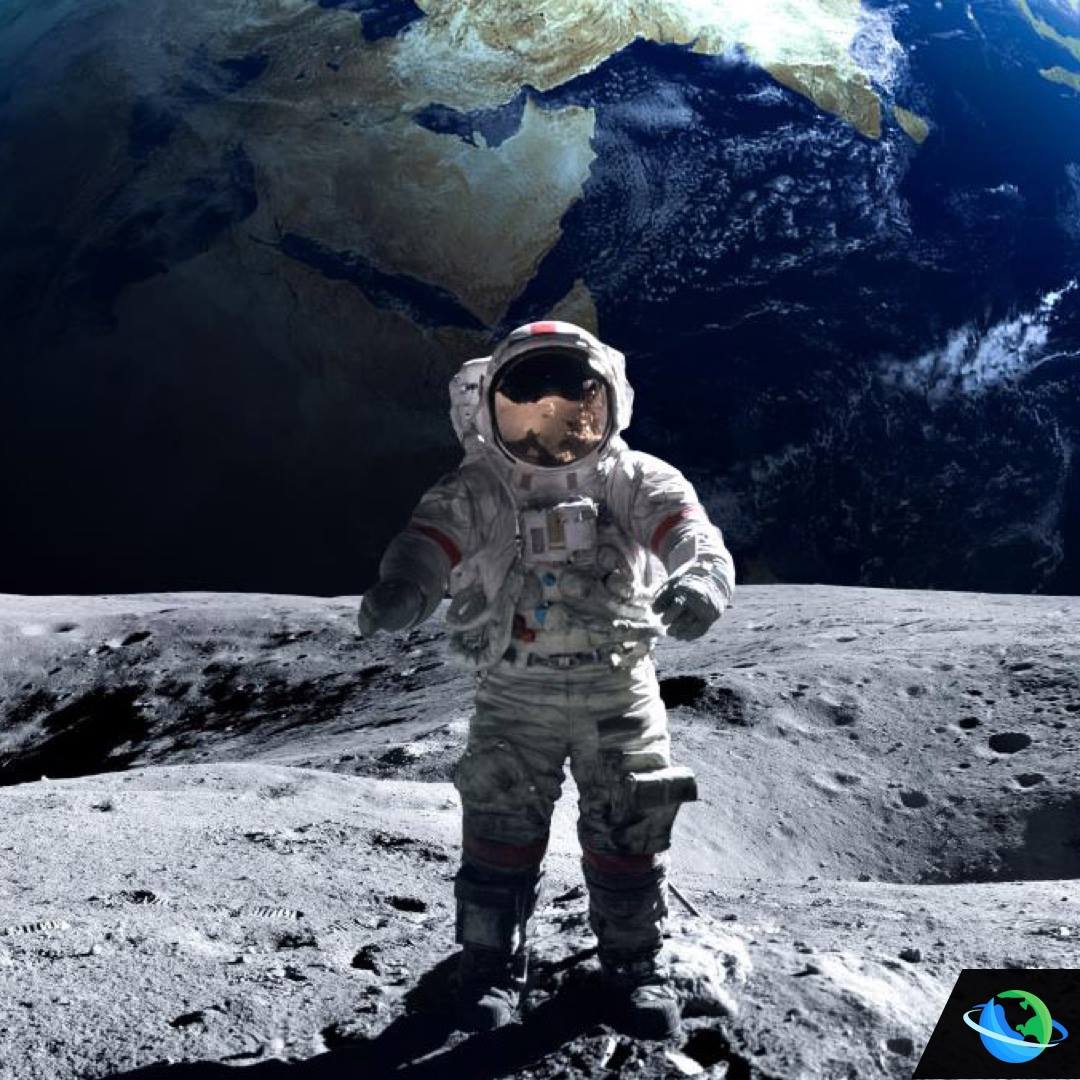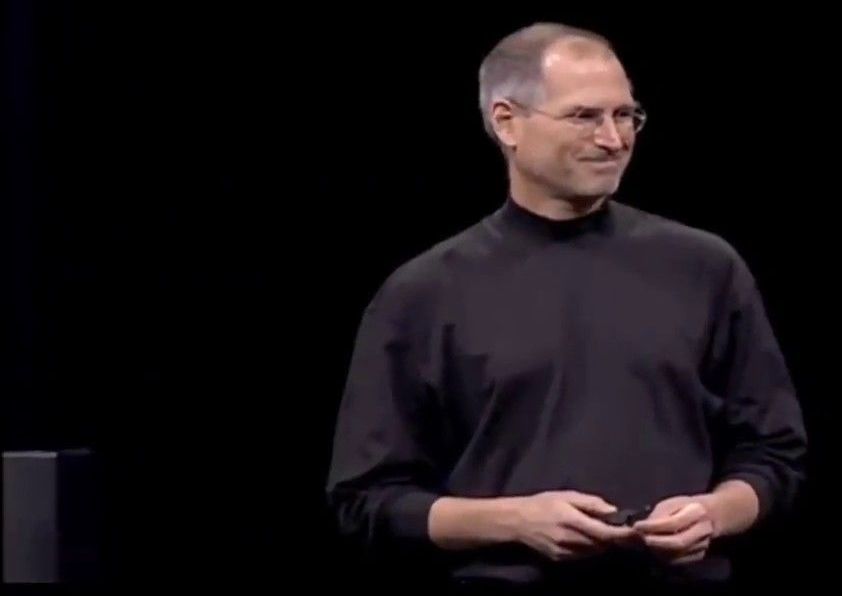Page 9726

https://youtube.com/saveyourinternet/
Article 13 could create enormous unintended consequences for everyone. We need to come together for a better solution. Learn more how to make your voice is heard
Nov 23, 2018
Beneath Antarctica’s Ice Is a Graveyard of Dead Continents
Posted by Genevieve Klien in category: futurism
The eastern section of Antarctica is buried beneath a thick ice sheet. Some scientists simply assumed that under that cold mass there was nothing more than a “frozen tectonic block,” a somewhat homogeneous mass that distinguished it from the mixed up geologies of other continents.
But with the help of data from a discontinued European satellite, scientists have now found that East Antarctica is in fact a graveyard of continental remnants. They have created stunning 3D maps of the southernmost continent’s tectonic underworld and found that the ice has been concealing wreckage of an ancient supercontinent’s spectacular destruction.
The researchers, led by Jörg Ebbing, a geophysicist at Kiel University in Germany, reported their discovery earlier this month in Scientific Reports.
Continue reading “Beneath Antarctica’s Ice Is a Graveyard of Dead Continents” »
As a SciFri holiday tradition, we present highlights from the 28th first annual Ig Nobel Awards ceremony.
Nov 23, 2018
Researchers Just Found a Way to Turn CO2 Into Plastic With Unprecedented Efficiency
Posted by Genevieve Klien in categories: particle physics, sustainability
Researchers have developed catalysts that can convert carbon dioxide—the main cause of global warming—into plastics, fabrics, resins, and other products.
The electrocatalysts are the first materials, aside from enzymes, that can turn carbon dioxide and water into carbon building blocks containing one, two, three, or four carbon atoms with more than 99 percent efficiency.
Two of the products—methylglyoxal (C3) and 2,3-furandiol (C4)—can be used as precursors for plastics, adhesives, and pharmaceuticals. Toxic formaldehyde could be replaced by methylglyoxal, which is safer.
Nov 23, 2018
These Precision Parts 3D-Printed From Fake Moon Dust Bring Us One Step Closer to Living on Mars
Posted by Genevieve Klien in categories: 3D printing, space
Mars is lacking in the vast supply of natural resources we’ve come to rely on here on Earth, and astronauts attempting to colonize, or even just visit, the red planet can only bring a limited supply of materials with them. Learning to make do with what Mars has to offer is one of the biggest challenges of visiting our nearest neighbor, but the results of the European Space Agency’s latest 3D-printing experiments prove it isn’t impossible.
We’ve sent probes and rovers to Mars, but to date it’s only been a one-way trip. Our knowledge of what Mars is made from is limited to what Spirit and Opportunity can learn from samples, and studying Martian meteorites that have made their way to Earth. Like our moon, if there’s one thing Mars isn’t lacking, it’s dust. So as a stand in for genuine Mars ingredients, researchers have turned to a simulated version of lunar soil, also known as lunar regolith.
Nov 23, 2018
Chemo-free cancer treatment could exploit our body’s natural cell recycling system
Posted by Genevieve Klien in categories: biotech/medical, sustainability
If you are diagnosed with cancer today there are often several treatment options, with your doctor forming a plan of attack that will feature multiple approaches. Chemotherapy is one of the most popular weapons against cancer, but new research suggests it may be possible to get chemo-like results without actually putting a patient through a chemotherapy routine.
In a new paper published in Nature Communications, scientists discuss the possibility of using the natural “kill code” of human cells to fight tumors. That code, which is used by our body to recycle cells and kills them off when they are old, isn’t used by cancer cells and that allows the bad cells to fester and spread.

